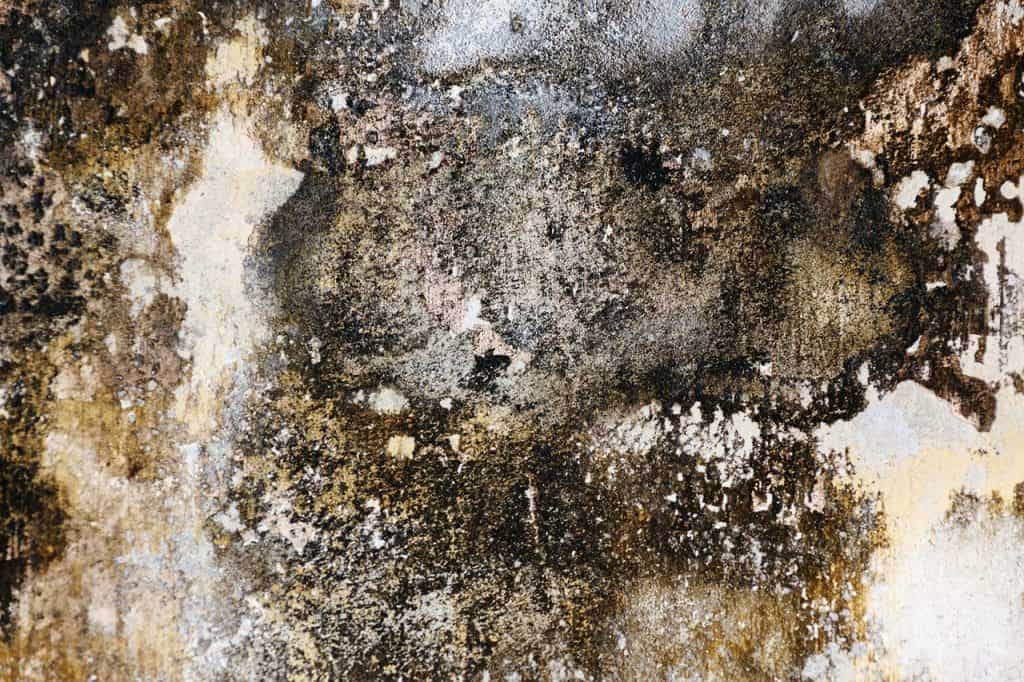
Options for Rising Damp Treatment
Rising damp Treatment Advice
Every building is prone to damp, but it’s the older buildings, places that have stood for a long time, perhaps centuries, which are more prone to rising damp. This problem is mitigated by modern building practices where properties are built with damp proof courses, in most cases impermeable plastic membranes to stop water passing through. But some buildings don’t have this precaution. Find out more about this with damp proofing London experts.
The main causes of rising damp is simply down to groundwater. It’s basically moisture when the groundwater rises underneath or next to the walls of your home, and it doesn’t matter if the walls are made of brick, stone, block. The moisture rises through the small holes present in the mortar or brick. Eventually, gravity will stop the rise of the water, by counteracting the upwards force of the capillary action. On the whole rising damp will occur when the water has reached a height of 1.2, but its effects – salt deposits, for instance, may be present at a much higher level because of the non-breathing wall coverings such as vinyl wallpaper or non-breathing paints.
So, do you have rising damp? The signs are easy enough to work out.
1. Do you have a musty odour or damp smells?
2. Does your wall now have a low temperature very low in height?
3. Are your floor timbers beginning to show signs of rot?
4. Is the plaster in your walls beginning to crumble or blister? If so, it’s because of salt crystallisation.
Other signs of rising damp are “tide-lines” of yellow or brownish staining or blown plaster. These are usually found in the lower sections of your walls, and if your walls are blistering or showing a crumbling appearance you might actually see deposits of white fluff – this is the salt previously mentioned, and it is left behind when the damp begins to evaporate off the walls, but it is still a problem. Black spots of the mould may also appear on the damp areas. The salts left behind also make it impossible to just replaster.

Please be advised that even if you have a damp problem, it doesn’t necessarily mean its rising damp – there could simply be another source of water you have no idea about. One sign would be if the damp patches are higher than 1 meter on your walls. If that is the case it might just be penetrating dampness instead, this is when the damp is unevenly distributed.
Dealing with rising damp
It is not advisable for people – homeowners and business managers to deal with the problem themselves without at least tackling the cause itself otherwise it would simply begin again. A simple quick fix job for the rising damp, repointing and painting over the affected areas won’t solve the problem. It will just make it more expensive to tackle later and you will need to redo the job later anyway at a later date.
The best way to tackle the rising damp would be to identify the cause in the first place and deal with it before it could happen again, causing more damage to the property, and then carrying out the repairs properly.
Rising Damp Treatment
Originally rising damp was treated by using dpc liquids injected under high pressure to block the pores in the bricks, blocks and stone where the water had risen. Complex and expensive systems of pumps were required for this, but it is possible to repair the damage without resorting to this method.
One way for rising damp treatment to work is to simply remove the contaminated plaster and a new damp proof course will be injected into the masonry mortar. This cream-like substance will then disperse through the mortar line, and it will begin to fuse and create a new damp proof course to stop rising damp from passing through the walls again. The next step is simple – the walls will need to be replastered and repainted with a chemical salt retardant agent and with a damp proof render which will prevent any remaining salts from contaminating the new plaster.
We also drill holes down to an appropriate depth in the brick/mortar. A water-based silicone damp proof liquid which is low in odours is then injected down into these holes to reduce the movement of water in the capillaries in the masonry.
Damp proofing rods are designed to be a high strength, liquid free alternative to other methods of rising damp treatment, and are designed to be placed on the walls without an injecting pump so there is no need to use heavy and expensive tools and equipment. And the time it takes to fit them in is reduced because large amounts of liquids as used by the older methods are not used in these cases then the time it takes a wall to dry is reduced.
